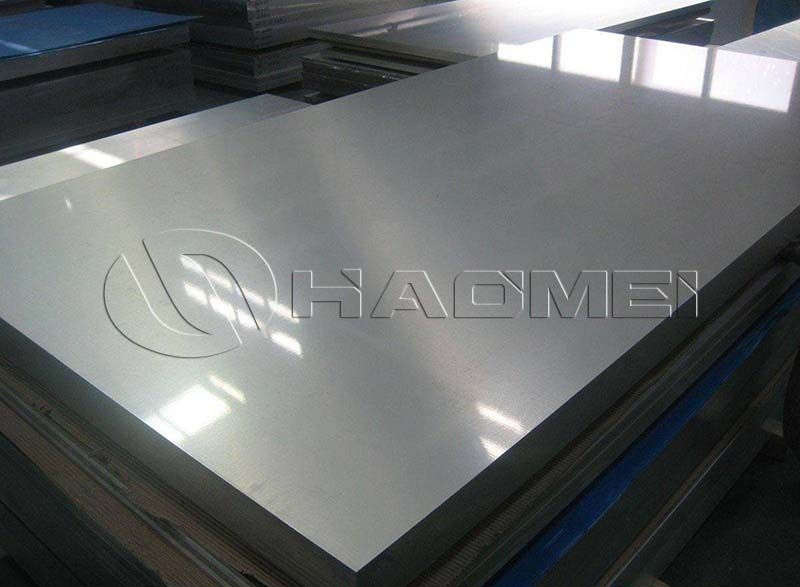Get in touch
-
Email:
sale@alumhm.com -
Tel/whatsapp:
+86-15978414719 -
Fax:
+86-0371-65621393 -
Address:
No.14 Waihuan Road, CBD, Zhengzhou, China -
Website:
https://www.aluminium-tanker-plate.com
Which Alloys of Aluminum Sheets Are for Car Air Reservoir
In automotive braking systems, air reservoirs store compressed air, providing stable power for core functions such as braking and clutch assistance. With increasing demands for lightweight and high reliability in automobiles, aluminum alloys, due to their low density and corrosion resistance, are gradually replacing traditional steel as the mainstream material for air reservoirs.

3000 series aluminum alloys
3-series aluminum alloys, represented by 3003 aluminum, are a common choice in automotive air reservoirs. Based on an aluminum-manganese alloy, the addition of manganese nearly doubles the strength of pure aluminum, while its density is only 2.73 g/cm³, more than 60% lighter than steel, perfectly meeting the demands for lightweight construction.
More importantly, 3003 aluminum alloy exhibits exceptional corrosion resistance. Compressed air easily condenses inside the air reservoir, and prolonged contact with steel can lead to rust. However, the naturally forming oxide film on the surface of 3003 aluminum alloy effectively isolates moisture, remaining stable even in humid environments and significantly extending the lifespan of the air reservoir.
From a processing perspective, 3003 aluminum alloy possesses excellent plasticity, easily handling stretching, welding, and bending. Since automotive air tanks primarily utilize welding processes, the weldability of 3003 aluminum alloy perfectly meets production requirements. Welds are less prone to cracks and porosity, ensuring the air tank's sealing and pressure resistance.
Currently, in light and medium-duty buses and passenger cars where air tank volume and weight requirements are stringent, 3003 aluminum alloy accounts for over 60% of applications.
5000 series aluminum alloys
For heavy-duty trucks and construction machinery, air tanks need to withstand greater working pressure and more complex impact conditions. In these situations, the strength of 3-series aluminum alloys becomes insufficient, while 5-series aluminum alloys (aluminum-magnesium alloys), represented by aluminum alloy 5052 and 5A02, stand out due to their higher strength.
Magnesium, as the primary alloying element, gives 5-series aluminum alloys a tensile strength of 200-300 MPa, 1.5-2 times that of 3003 aluminum alloy, easily meeting the high-pressure requirements of heavy-duty vehicle braking systems.
The advantages of 5-series aluminum alloys extend beyond strength; their fatigue resistance is also outstanding. When heavy-duty vehicles travel on bumpy roads, the air tank is constantly subjected to vibration and impact. The good toughness of 5-series aluminum alloys effectively absorbs impact energy, reducing the formation of fatigue cracks.
Furthermore, its resistance to seawater corrosion makes it highly favored in vehicles operating in coastal areas—the higher salt content in the air in coastal areas makes it more corrosive to metals, and the corrosion resistance of 5-series aluminum alloys allows the air tank to operate stably for more than 5 years in such environments.
However, it should be noted that the cost of 5-series aluminum alloys is about 20% higher than that of 3-series, and the welding difficulty is slightly greater, requiring specialized welding processes. Therefore, it is more commonly used in the high-performance heavy-duty vehicle sector.
How to Choose?
While aluminum alloys are mainstream for 3-series and 5-series vehicles, the selection of aluminum alloy for air tanks is not a one-size-fits-all approach. It requires a comprehensive assessment considering factors such as vehicle positioning, operating environment, and cost budget.
For example, vehicles used in low-temperature regions need to prioritize the low-temperature toughness of the aluminum alloy to prevent it from becoming brittle in winter. For new energy commercial vehicles, in addition to standard performance characteristics, the electrical conductivity of the aluminum alloy must also be considered to avoid potential static electricity hazards.
